As boats glide down the Seine and B-boys showcase their moves at the Place de la Concorde, the Paris 2024 Olympics, scheduled to begin in 100 days in the French capital, promise to be a Games like no other.
For traditionalists already wary of plans to overhaul century-old opening ceremony traditions and introduce breaking as an Olympic sport, the news of track and field stars receiving a $50,000 bonus each will surely stoke their ire.
Following the subdued atmosphere of the delayed and COVID-affected Tokyo 2020 Games, Paris, along with the ever-expanding and potentially precarious sports program, is gearing up to deliver a spectacle to remember.
The Games will commence on July 26 with a groundbreaking opening ceremony held outside a stadium. Instead, each national delegation will embark on a 6-kilometer (3.7-mile) journey down the city’s main artery before arriving at the iconic Eiffel Tower.
Two weeks later, windmills, freezers and top rocks will become an official part of the Olympic lexicon for the first time as breaking makes its debut, with B-boys and B-girls going head-to-head in DJ-driven battles.
While its inclusion is not as contentious as the appearance of live pigeon shooting in the first Paris Olympics in 1900, breaking’s addition has raised questions about the IOC’s commitment to attracting the attention of global youth.
Breaking joins other recently established sports like skateboarding, surfing and BMXing in the so-called “urban” section of a constantly evolving Olympic program, for which a city like Paris appears ideally suited.
For Team GB, led by emerging stars like 15-year-old Sky Brown, there is a sense of upheaval as they aim to build on their success in Tokyo and potentially eclipse the established order.
The absence of Laura Kenny will be felt in the Velodrome, while doubts linger over the ability of Adam Peaty and Max Whitlock to retain their titles, despite their dominant pre-Tokyo preparations.
Nevertheless, athletes like Tom Dean, Keely Hodgkinson, Tom Daley, Beth Shriever and Emily Campbell will expect to return to the podium, leading a squad capable of resuming its top-three status in the final medals table.
Hodgkinson’s battle to avoid another silver lining against rivals Athing Mu and Mary Moraa will be a highlight on the track, where double world champion Josh Kerr resumes his rivalry with Norway’s Jakob Ingebrigtsen.
The international focus will be on American gymnast Simone Biles, aiming to add to her current haul of seven Olympic medals after recovering from the “twisties” that limited her success in Tokyo to a solitary bronze on the beam.
French hopes will be pinned on judo heavyweight Teddy Riner, who seeks to cap his extraordinary career with another victory on home soil, boasting three Olympic golds and 11 world titles.
All of this will unfold in front of sold-out grandstands, a stark contrast to the sparse crowds in Tokyo, symbolizing the Games’ resilience through one of its most challenging periods.
This new-found adaptability has pushed the IOC into making more aggressive changes, whether in future bidding processes or in welcoming B-boys and B-girls off the streets and into the Olympic arena for the first time.
The Olympic movement has evolved significantly since the first Paris Games 124 years ago, when pursuits like angling, ballooning and croquet were also on the program, reportedly staged in front of a single paying spectator.
Some may argue that the latest changes are a step too far. But after the turmoil of Tokyo, most of those fortunate enough to be present in Paris will just be grateful that the Olympics are back, ready to embrace the spirit of the Games in any form.

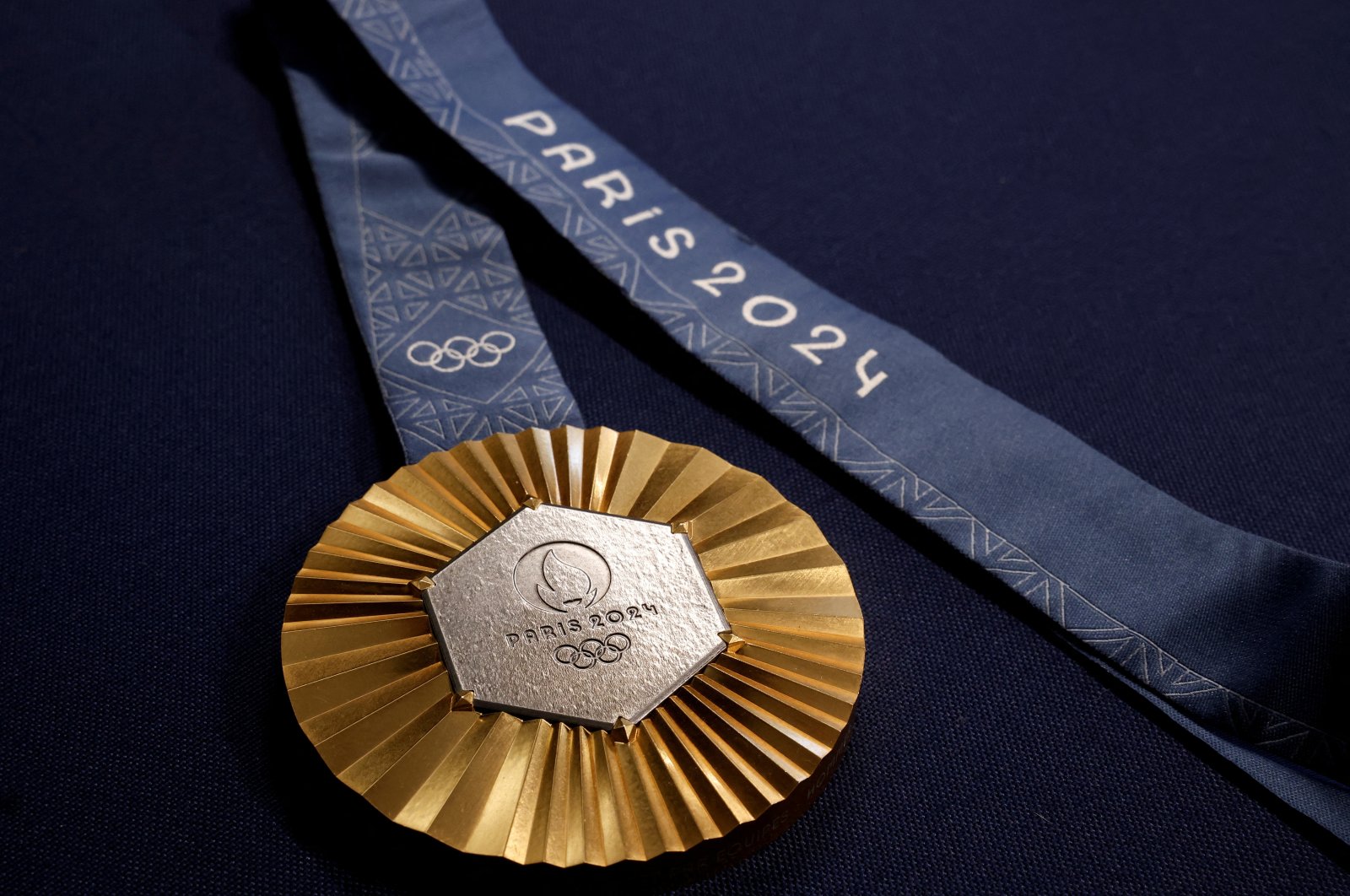



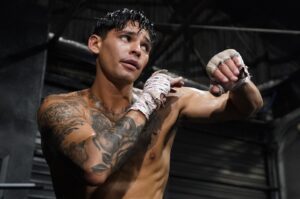
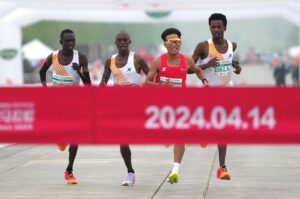
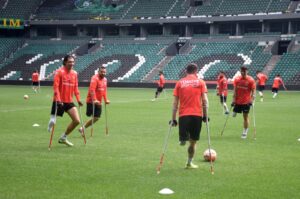

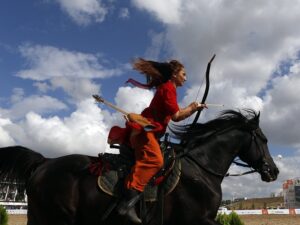
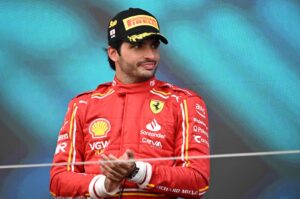


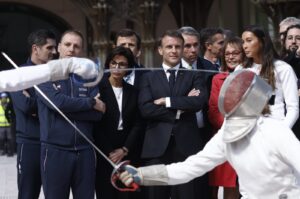





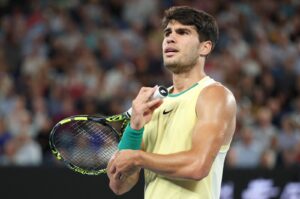


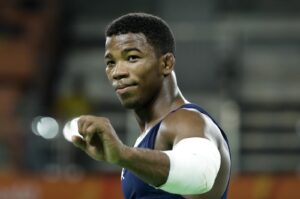







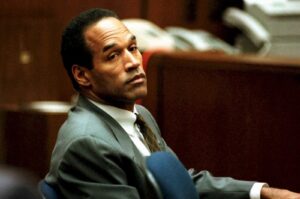


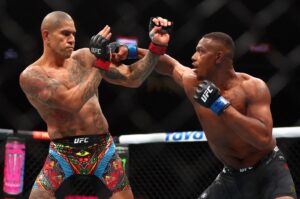



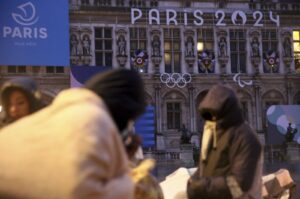
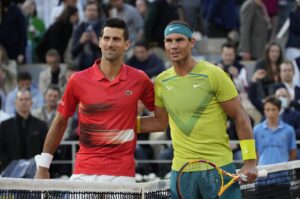




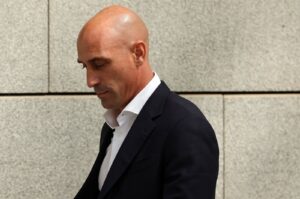



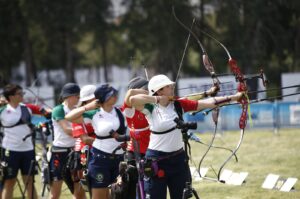




Be First to Comment